Plastics and Health: Phthalates
Plastic was the wonder product of the 1960s. Strong yet lightweight; durable yet inexpensive; plastics made everyday items affordable to the less well-off and revolutionized consumerism. The popularity of plastic means today it has become the manufacturing material of choice. After all, it’s so versatile. Plastics can be transparent, translucent, opaque; they can be coloured and patterned; they can be molded into any shape.
A true wonder product? Or not?
When something seems too good to be true, it usually is. Sadly, plastics are no exception. I’ve talked about the fact they last forever and the problems that come once their useful life is over (you can read about that here). But what about during their life?
It turns out that plastic isn’t the inert, safe material that was once thought. Chemicals added into plastic to instill specific properties can leach back out… and they’re entering our food, our water and our bodies. Plastic is affecting our health.
I’ve already talked about BPA, one of the additives used that has been found to leach from plastic – an additive linked to cancer and developmental problems in children. (You can read more about BPA here). Now I want to talk about another group of additives that have gained a lot of bad press: phthalates.
What are Phthalates?
Phthalates are a group of chemicals, sometimes called plasticizers, added to plastic to make them soft and malleable. They are a particularly common additive to PVC (plastic type #3). Without plasticisers, PVC is rigid (this is sometimes called uPVC, meaning unplasticised PVC, and is used for building materials and window frames).
Where are Phthalates found?
PVC is used for all kinds of products. If a plastic PVC product is flexible, unless the packaging states that it does not contain phthalates, the chances are that it does.
Plastic wrap (cling film/Glad wrap) is typically made out of PVC.
So are many children’s toys, clothing and school supplies, including lunchboxes and eating utensils, school bags, pencil cases, ring binders and folders, raincoats and umbrellas.
PVC is also found in households as furniture, flooring, shower curtains, wallpaper and electronics.
Baby products including sippy cups and bottles, squeezy toys and changing mats also contain phthalates, although since 1999 in Europe and 2009 in the US, some phthalates have been banned from baby and children’s products because of the negative health implications.
Not Just Plastic…
Phthalates are not just found in plastic. They are also found in many beauty products, including shampoo, lotions, perfumes, hair gel, nail polish and deodorant. They help make lotions feel smooth, mix better and increase absorption into the skin.
You may not see them on the labels either: the law permits them to be labelled as ”fragrance”.
Why are Phthalates bad?
Phthalates don’t actually chemically bind to the plastic they’re mixed with, meaning that phthalates are released from plastic products over time. This occurs more rapidly as a result of heat, exposure to solvents and friction.
Have you noticed how soft plastics get increasingly hard and brittle over time? That’s because the phthalates have leached out of them.
Some phthalates are particularly attracted to fats, and food products with a high fat content such as cheese, meat and other dairy wrapped in PVC film have been found to contain notably high levels of phthalates.
Phthalates enter our bodies via ingestion, but also inhalation and absorption through the skin. As well as being detected in blood, sweat and urine, they have been found in breast milk and are known the cross the placenta. We are widely exposed to phthalates because PVC is such a widely distributed material.
Children are more exposed because they spend time playing on floors, many children’s toys are made from PVC, and children are more likely to put plastic products in their mouths. This is compounded because they are much smaller than adults so the toxic loading increases.
Women are also more susceptible because of their use of beauty products containing phthalates.
Like BPA, phthalates are now known to be endocrine disruptors, meaning they mimic hormones in the body. Phthalates have been linked to increased obesity, liver damage, reproductive disorders, asthma and development issues in children. The phthalate DEHP has been classified as a “probable human carcinogen” by the US EPA, meaning it is likely to cause cancer. Studies have linked phthalates to breast cancer.
How can I avoid Phthalates?
There’s plenty of things you can do to avoid exposure to phthalates. Here’s just a few ideas to get started:
1. Avoid PVC (plastic #3, also sometimes written as V within the recycling arrow). If you need to buy products made of plastic, look for plastics #1, #2 and #5 as these are considered “safer” plastics. Or skip the plastic altogether. Choose products made from wood, metal, glass or natural fibres.
2. Don’t use plastic wrap! Whilst safer alternatives that are phthalate-free do now exist, how long before these safer ingredneits are exposed to be hazardous too? Plastic wrap is really unneccessary. Store food in tins, jars, in glass or pyrex, or simply in a bowl with a plate on top.Try not to buy cheese or meat that’s been wrapped in PVC film either – take your own container, ask for it to be wrapped in paper or look for non-PVC plastic packaging.
3. Choose safe cosmetics. Look for certified organic products; a product that says “contains natural/organic ingredients” may still contain many chemicals. Choose products with fewer ingredients, preferably ones that you have heard of! Seek out products fragranced only with essential oils. Find local producers that make small batches using natural ingredients; you can speak to them about exactly what does and doesn’t go into their products. If you want to know how safe the products you are already using are, check out the Environmental Working Group’s Skin Deep database of over 68,000 products. Question whether there’s any products you use that you could actually do without. Simplify.
4. Look for phthalate-free children’s toys and clothes, and remember if buying second-hand that phthalates were not banned before 2009, so older products may still contain these chemicals. Be particularly wary of school supplies. Anything shiny, glossy and waterproof is probably made of PVC.
5. Eat organic. Phthalates are found in pesticides, and also in sewage sludge (remember phthalates are found in urine). Organic farms are not permitted to use either of these and so organic crops are less exposed to phthalates than conventional crops.
[leadpages_leadbox leadbox_id=1429a0746639c5] [/leadpages_leadbox]


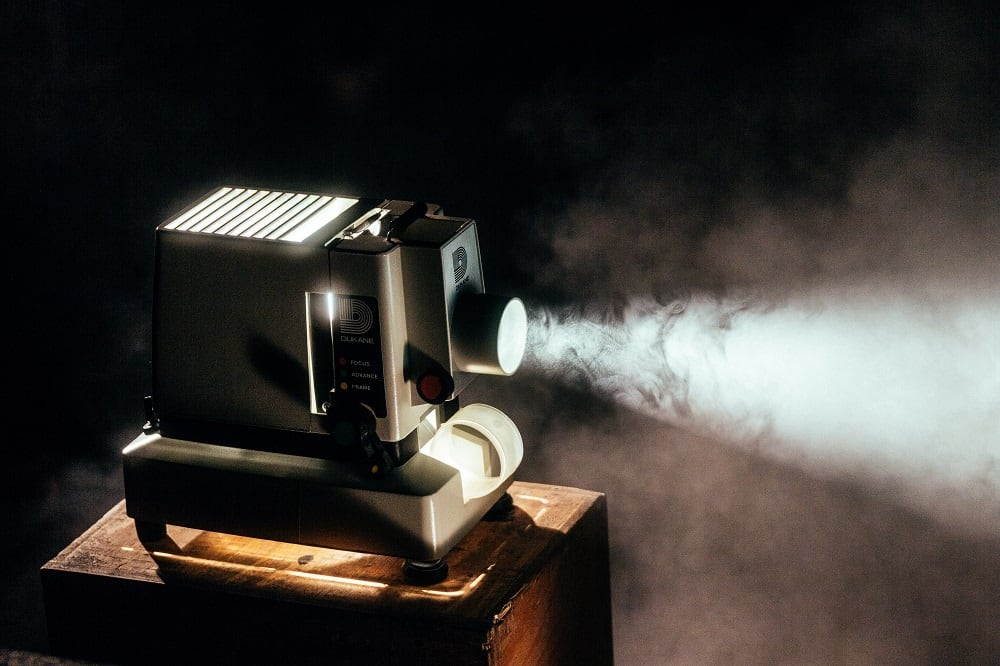


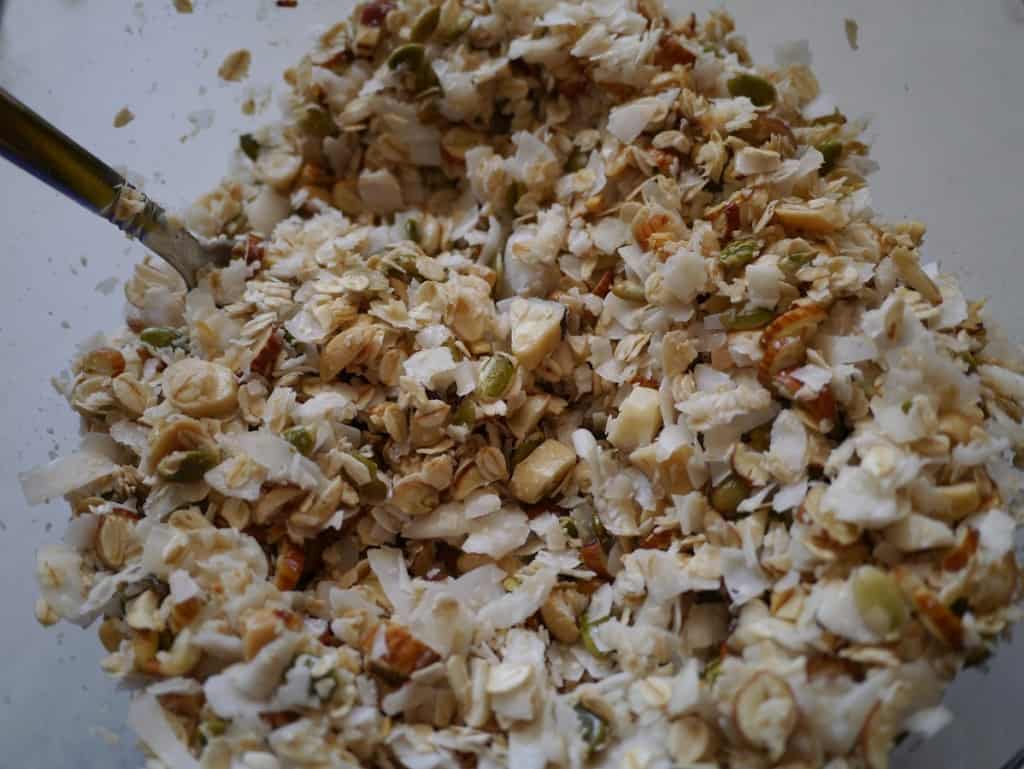
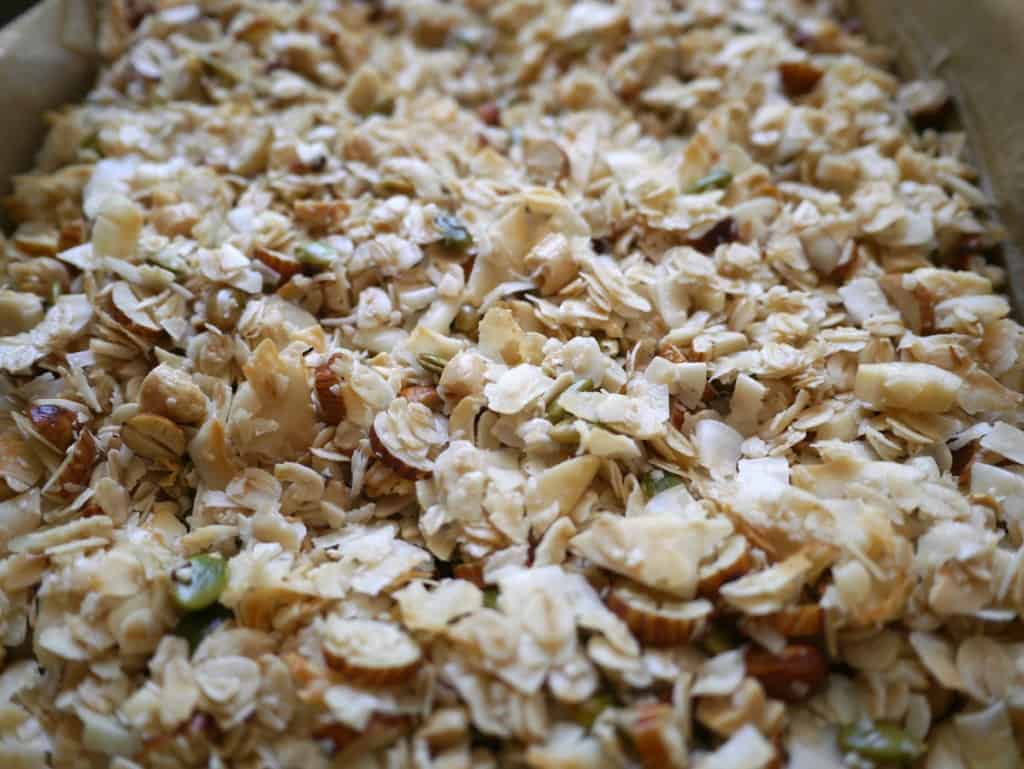
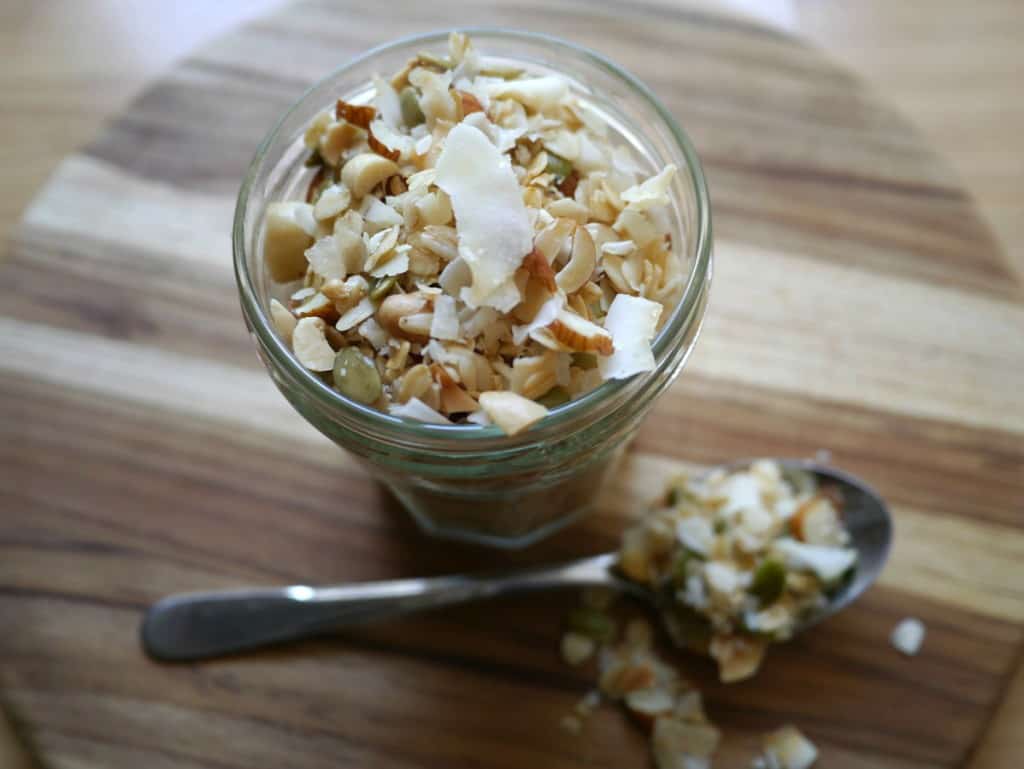
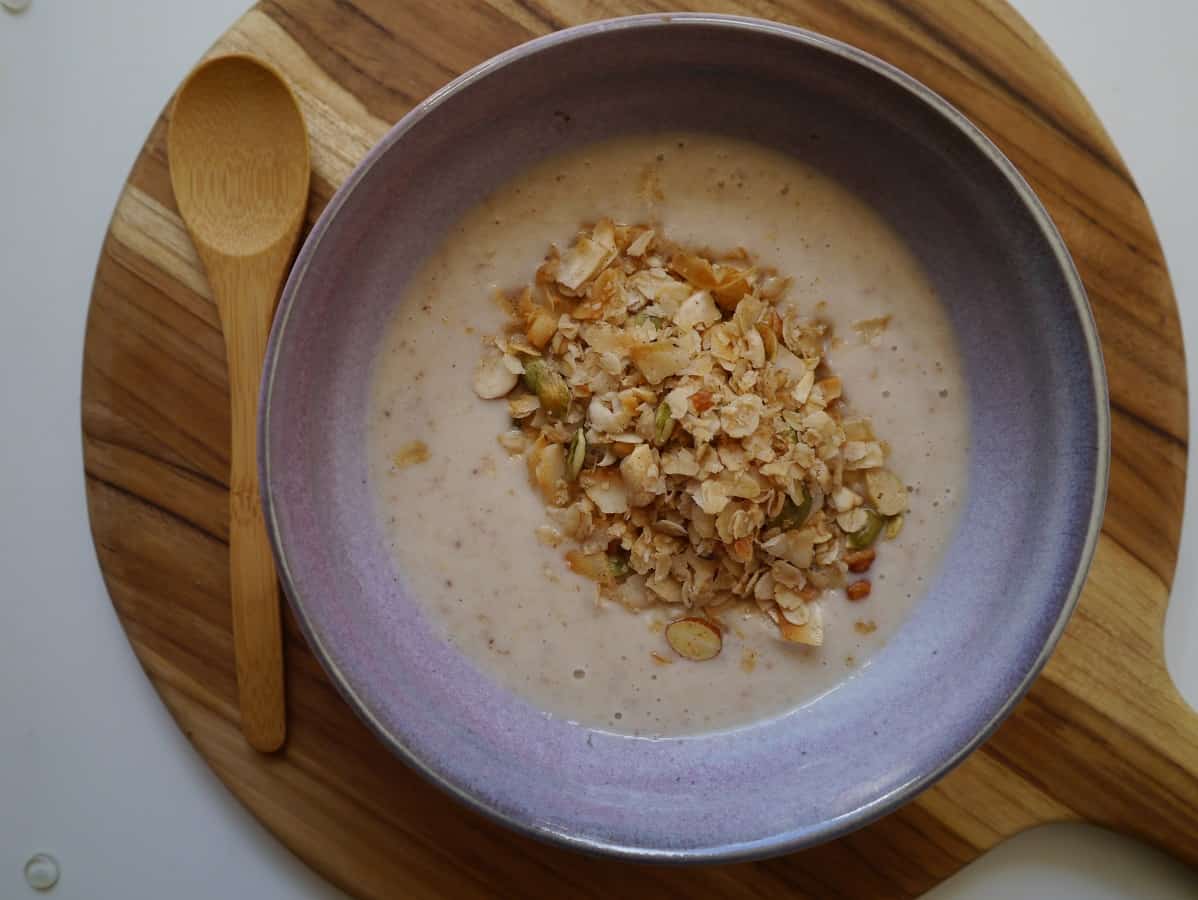
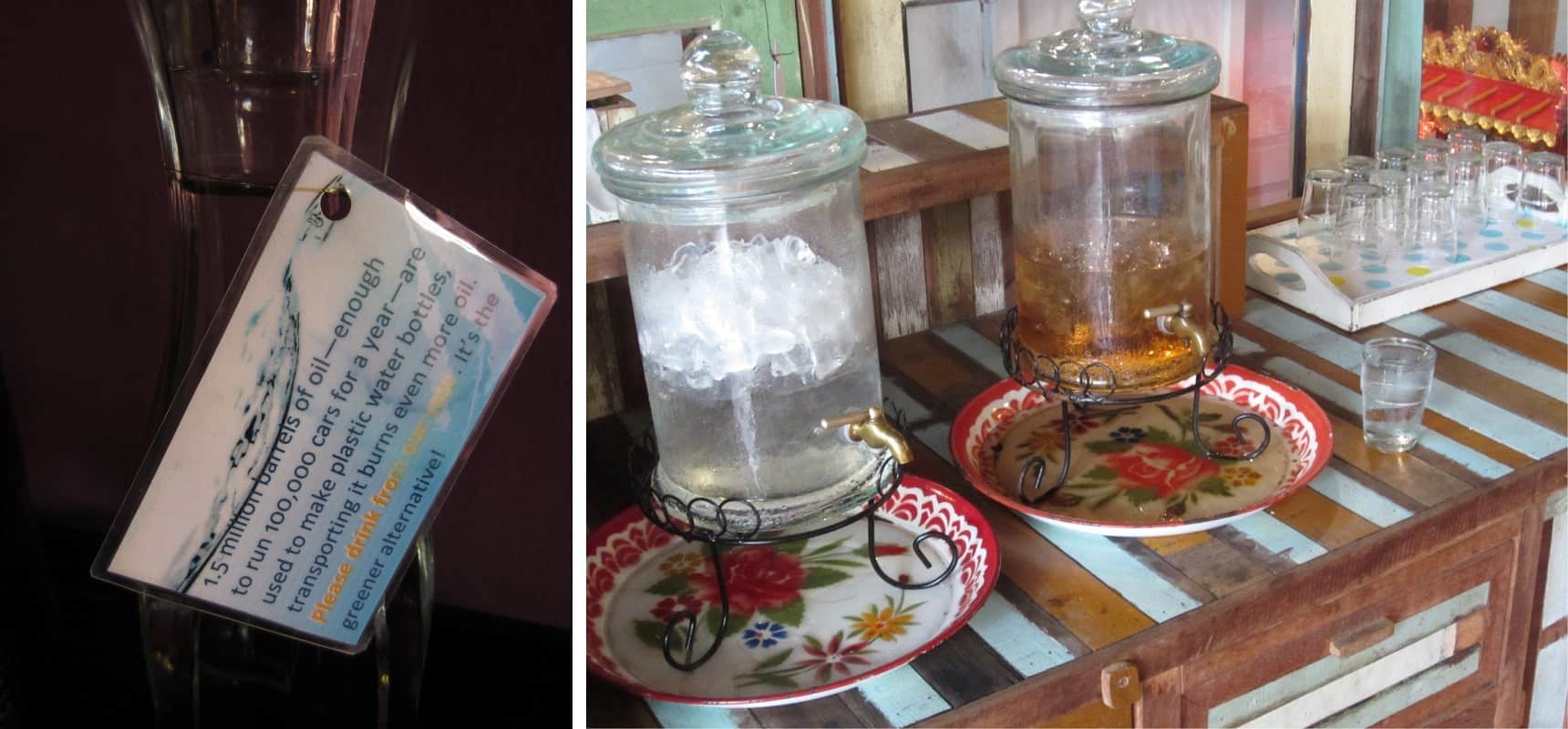

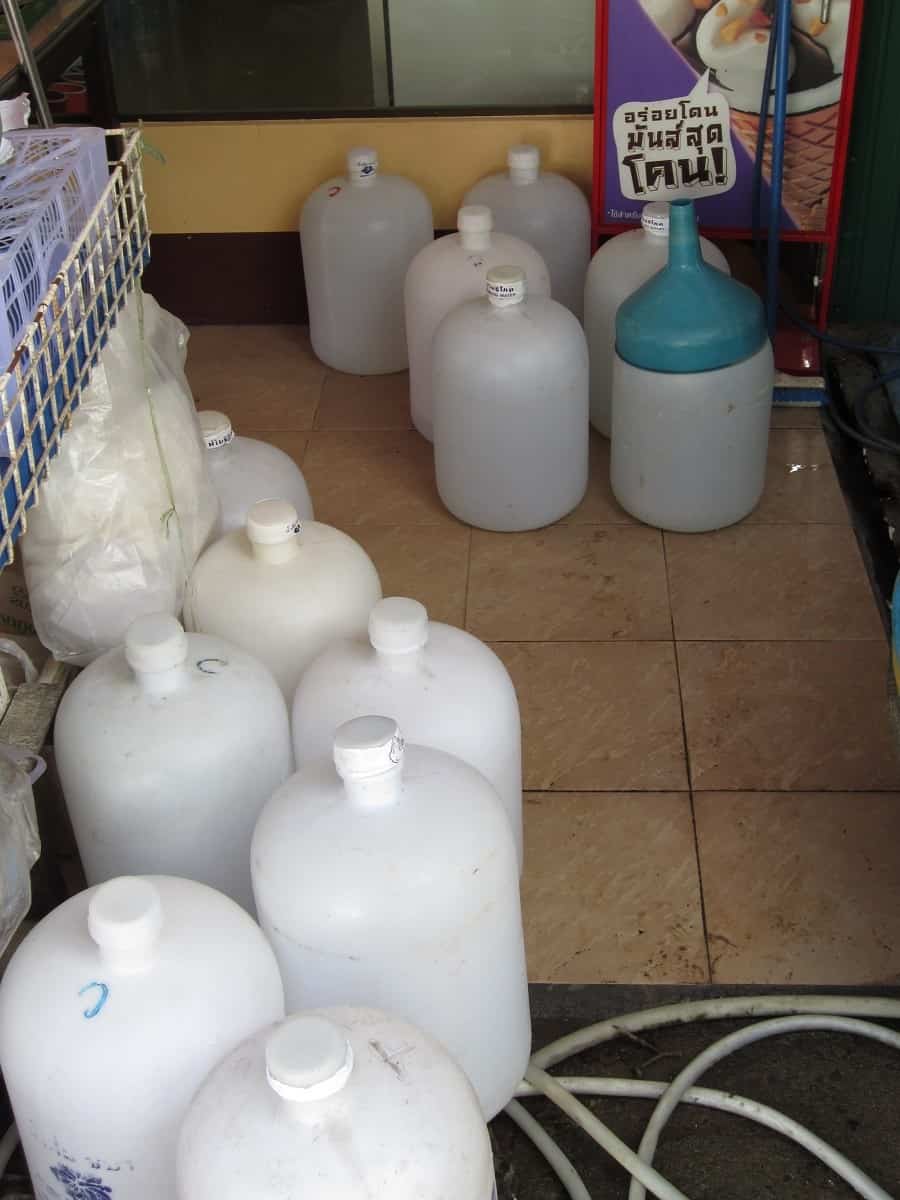
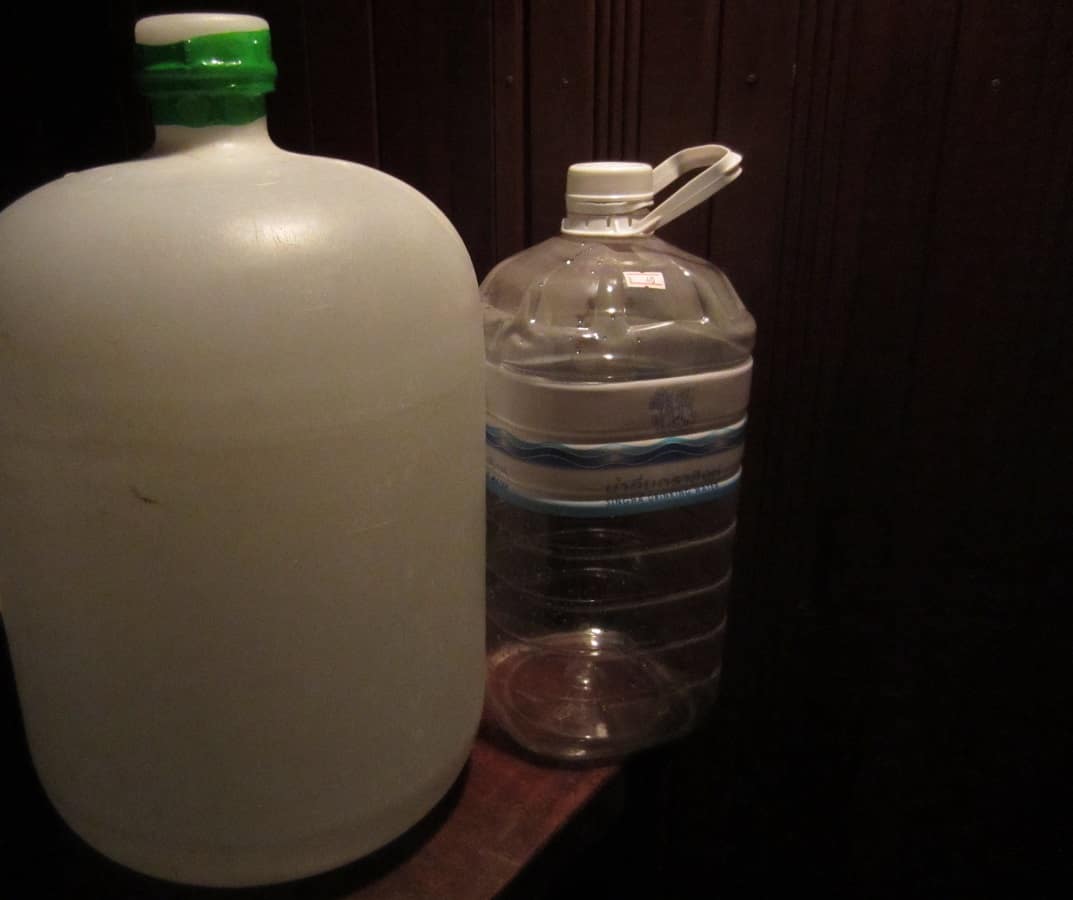

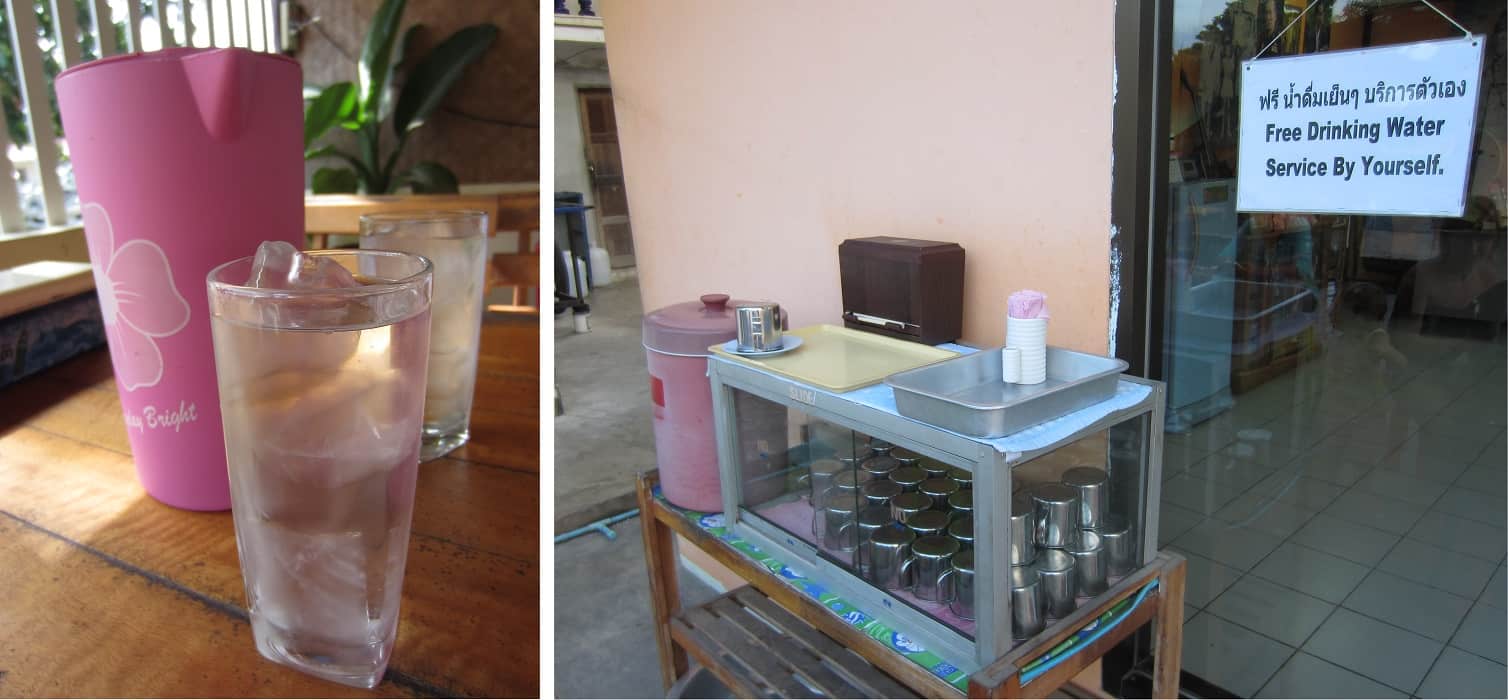
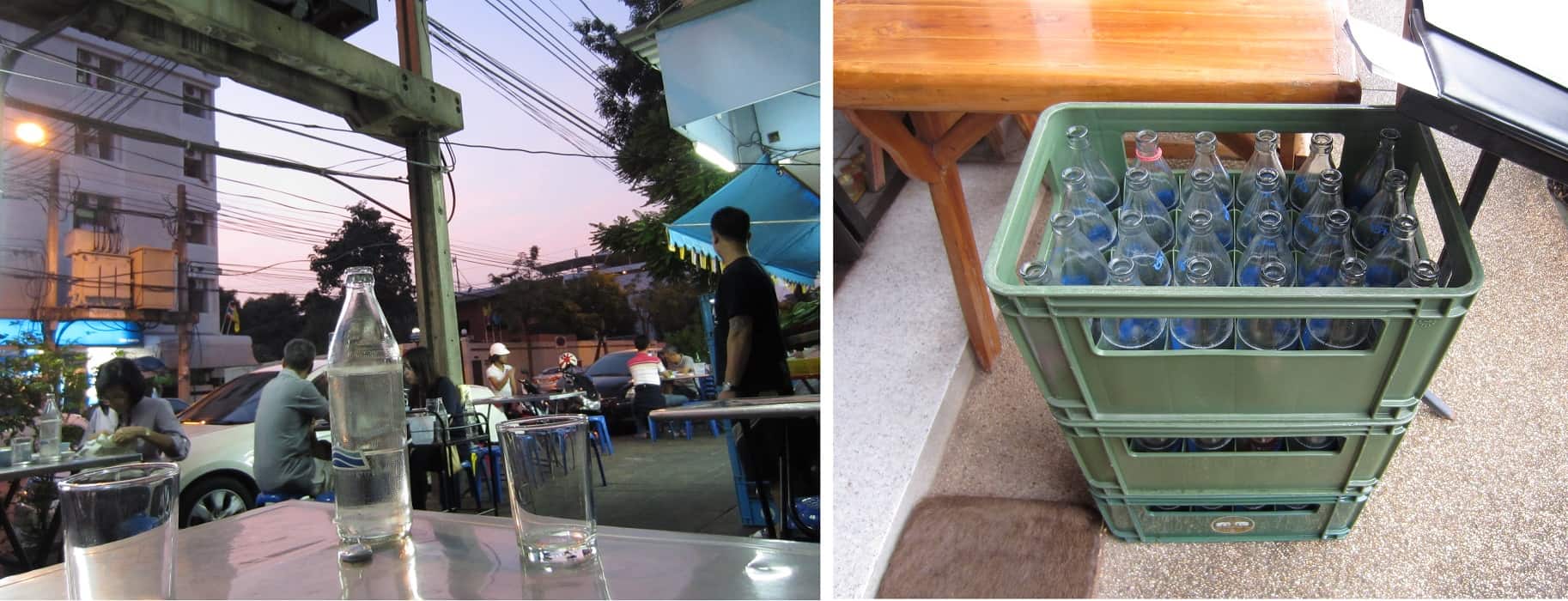



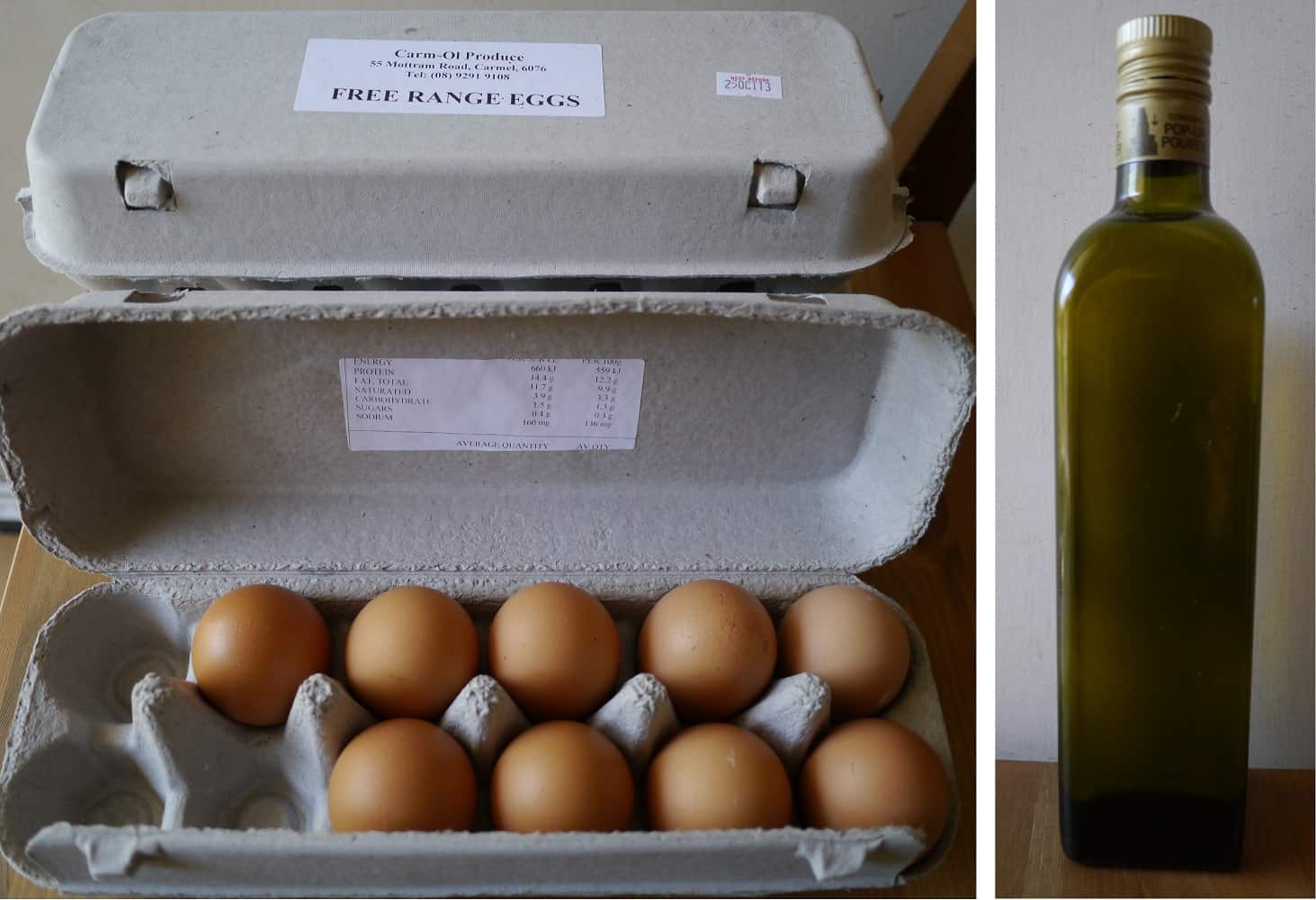
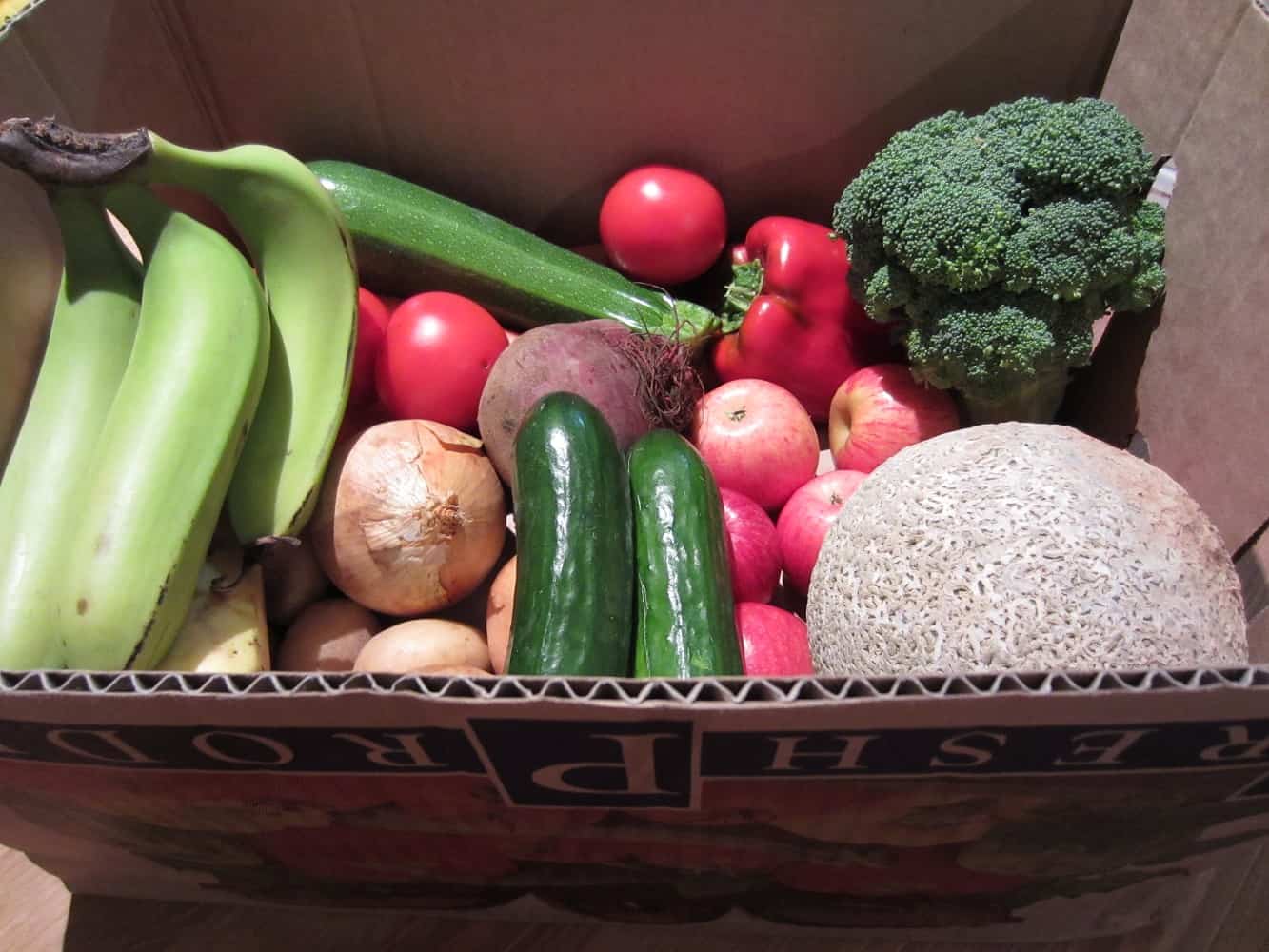




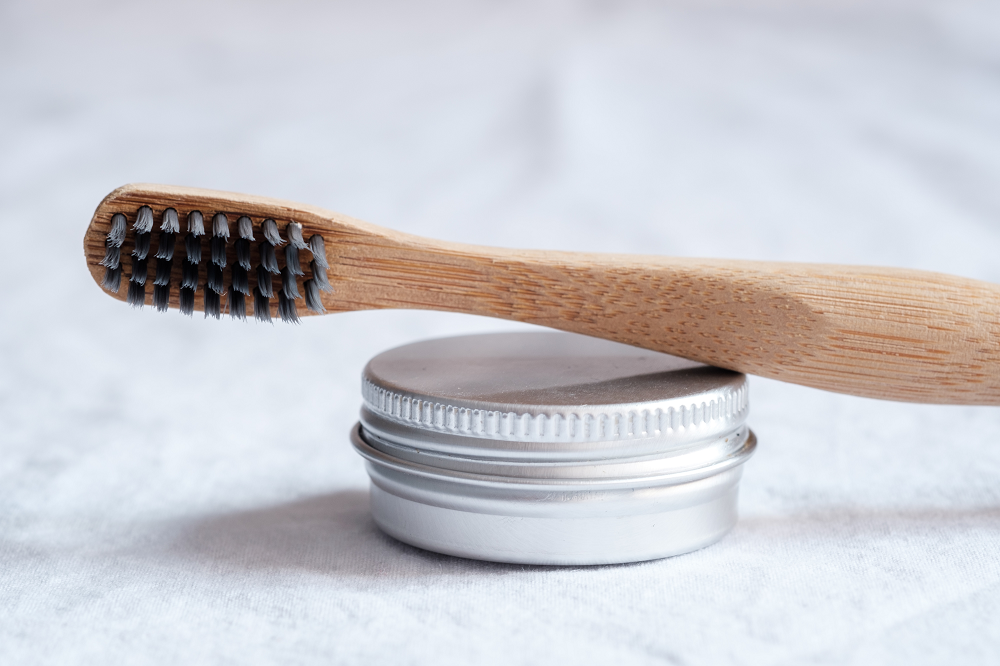
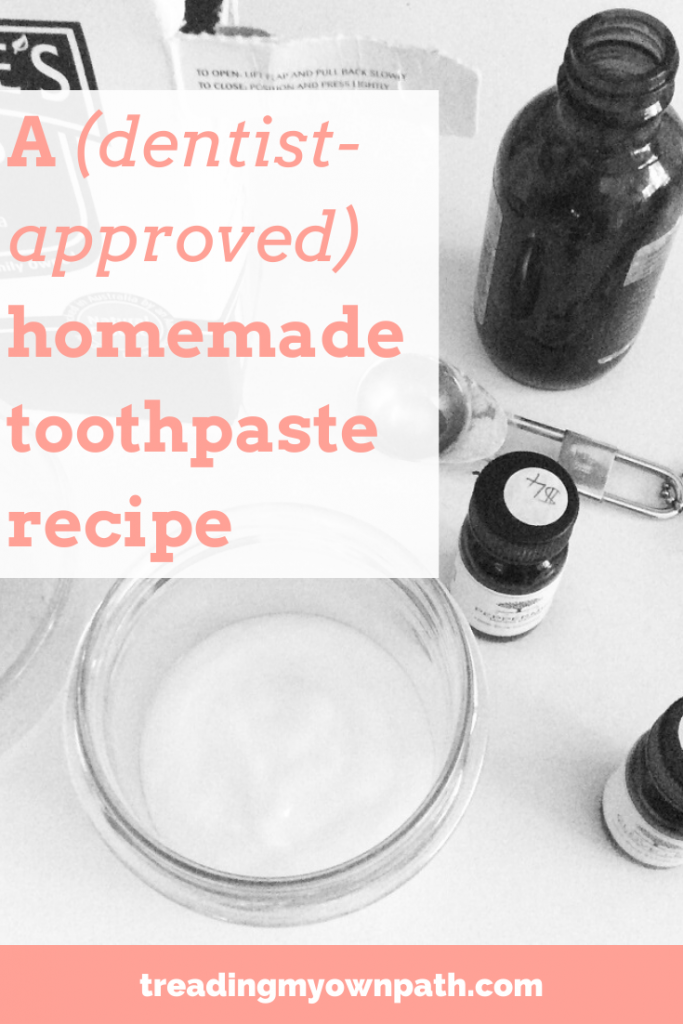
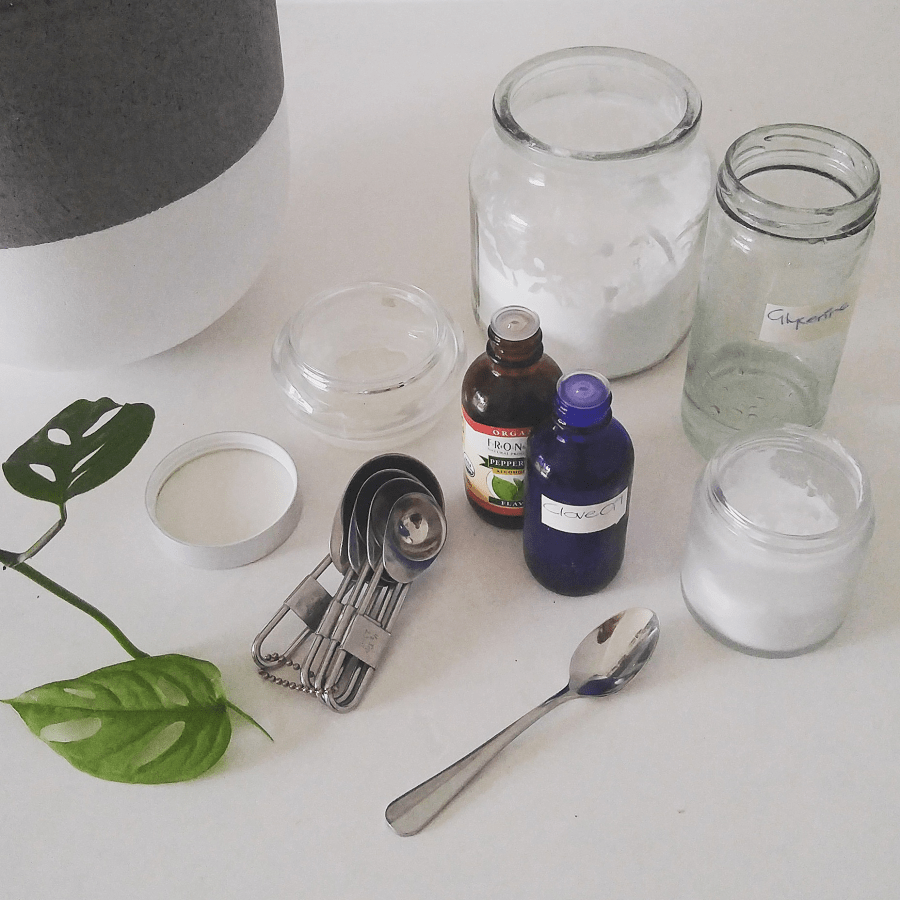
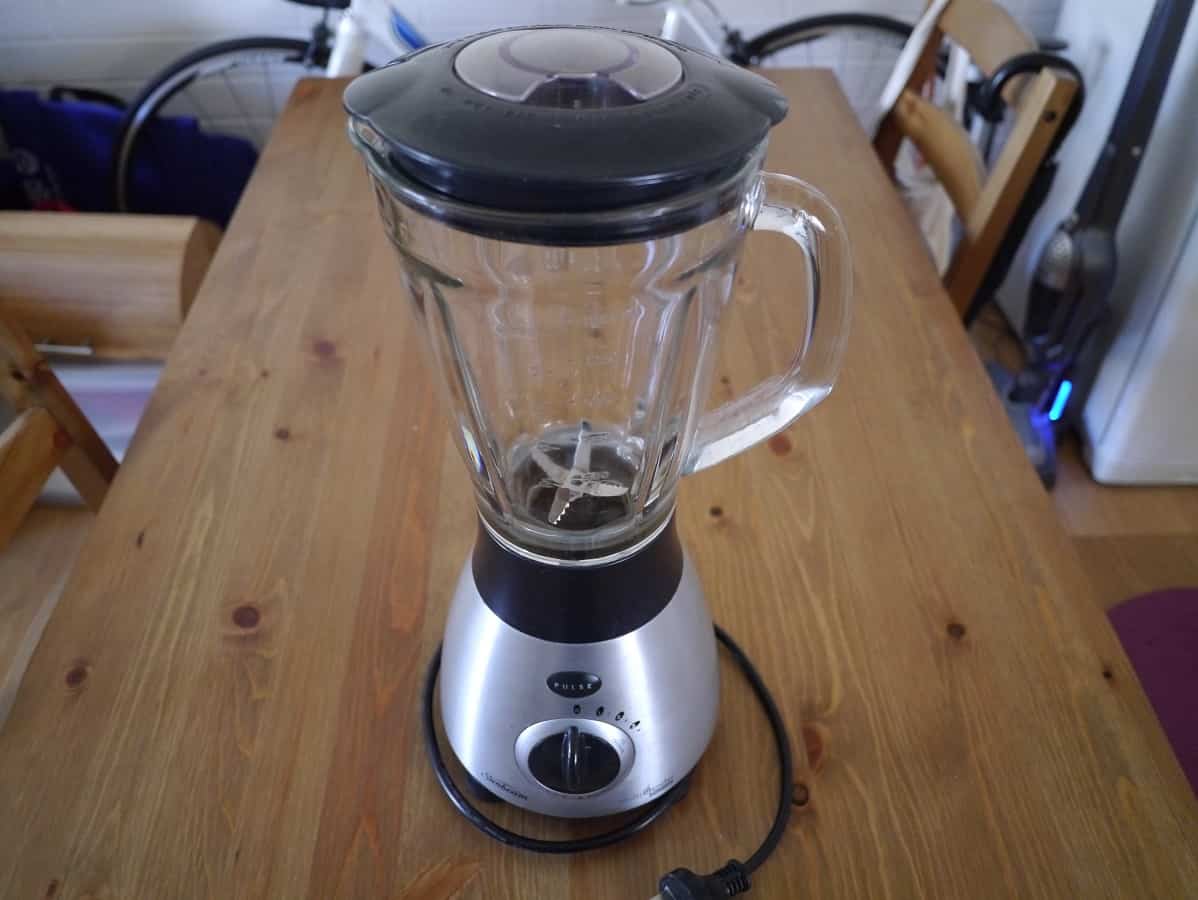
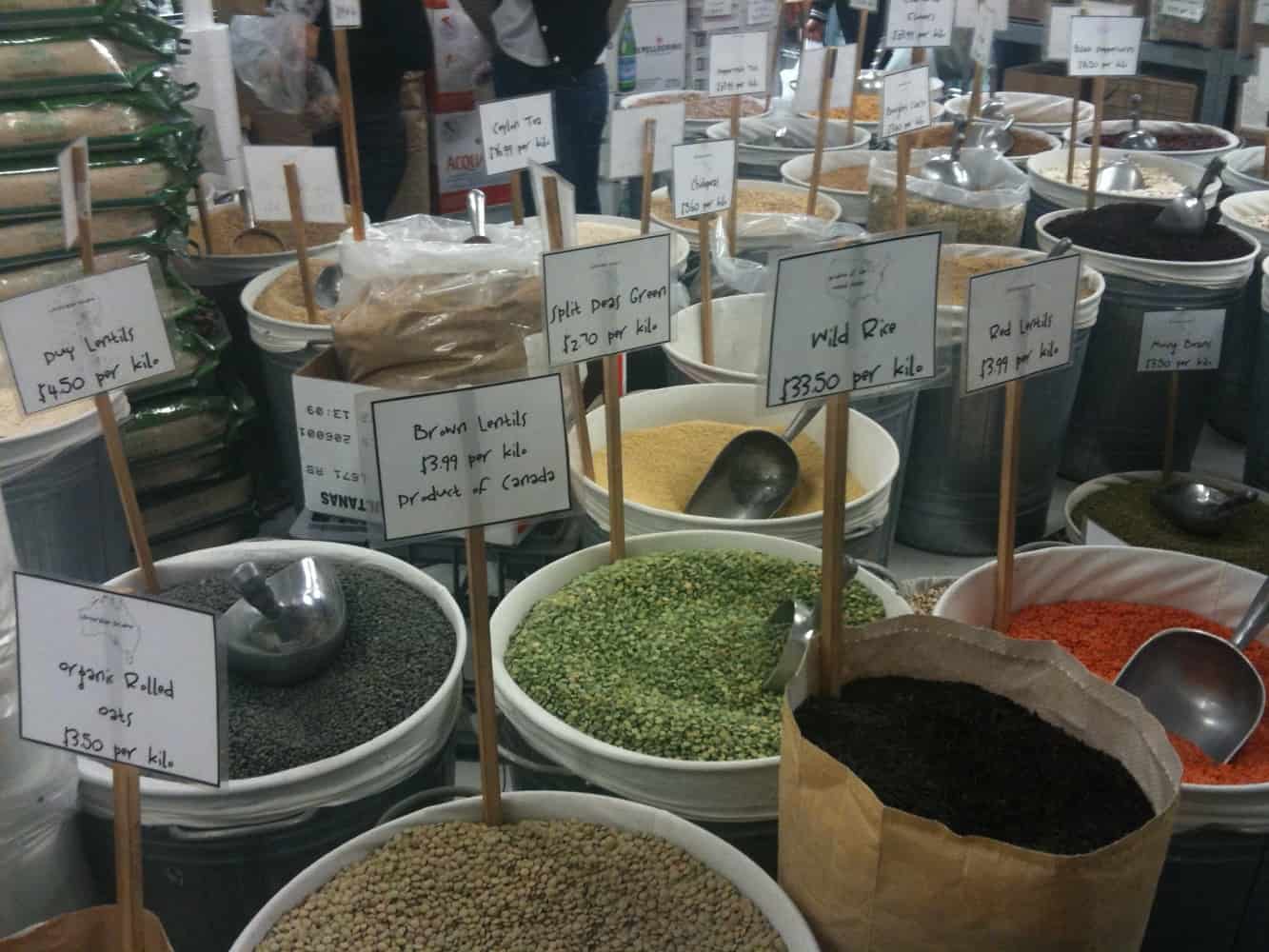






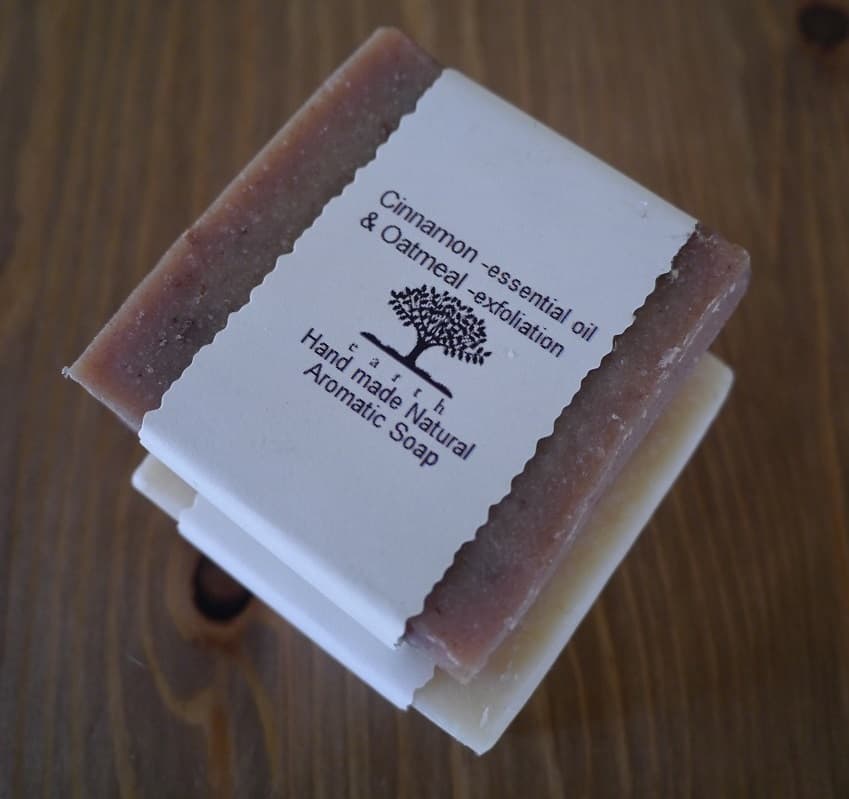
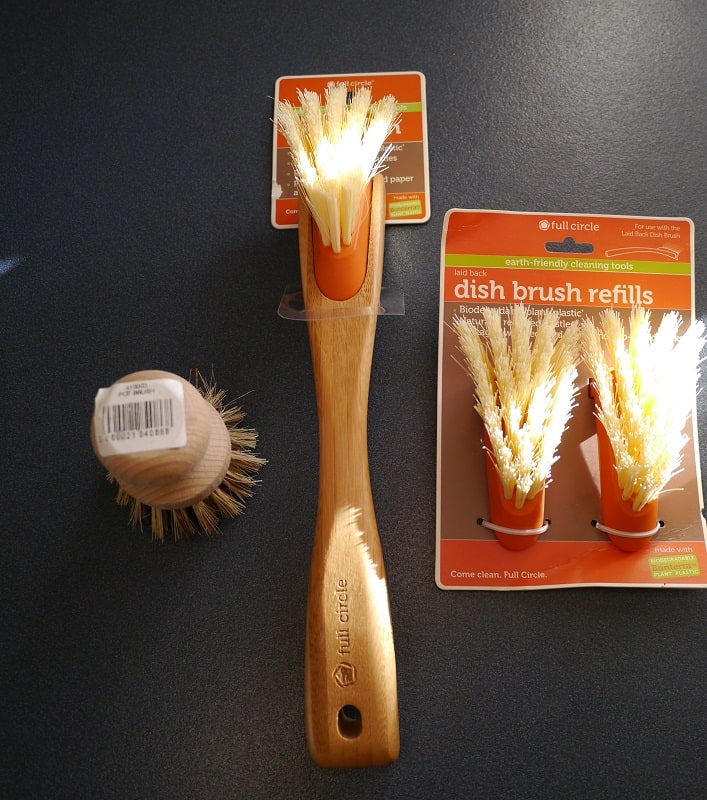
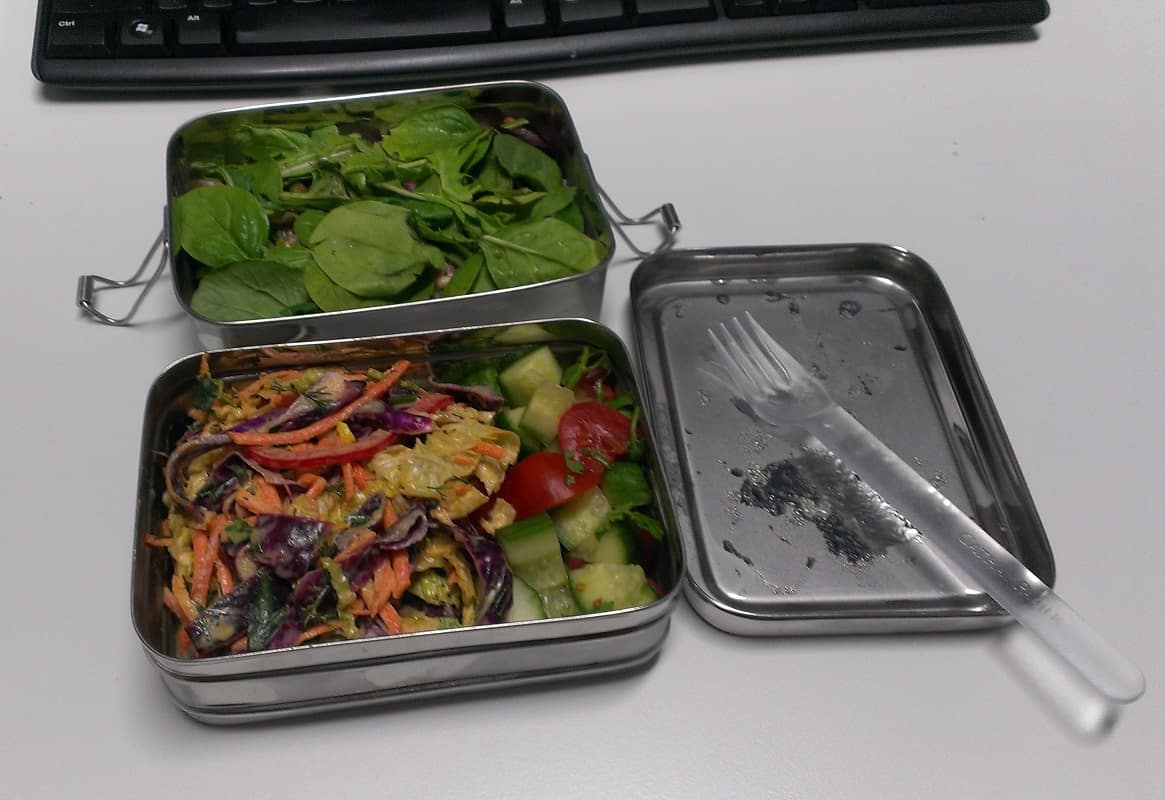
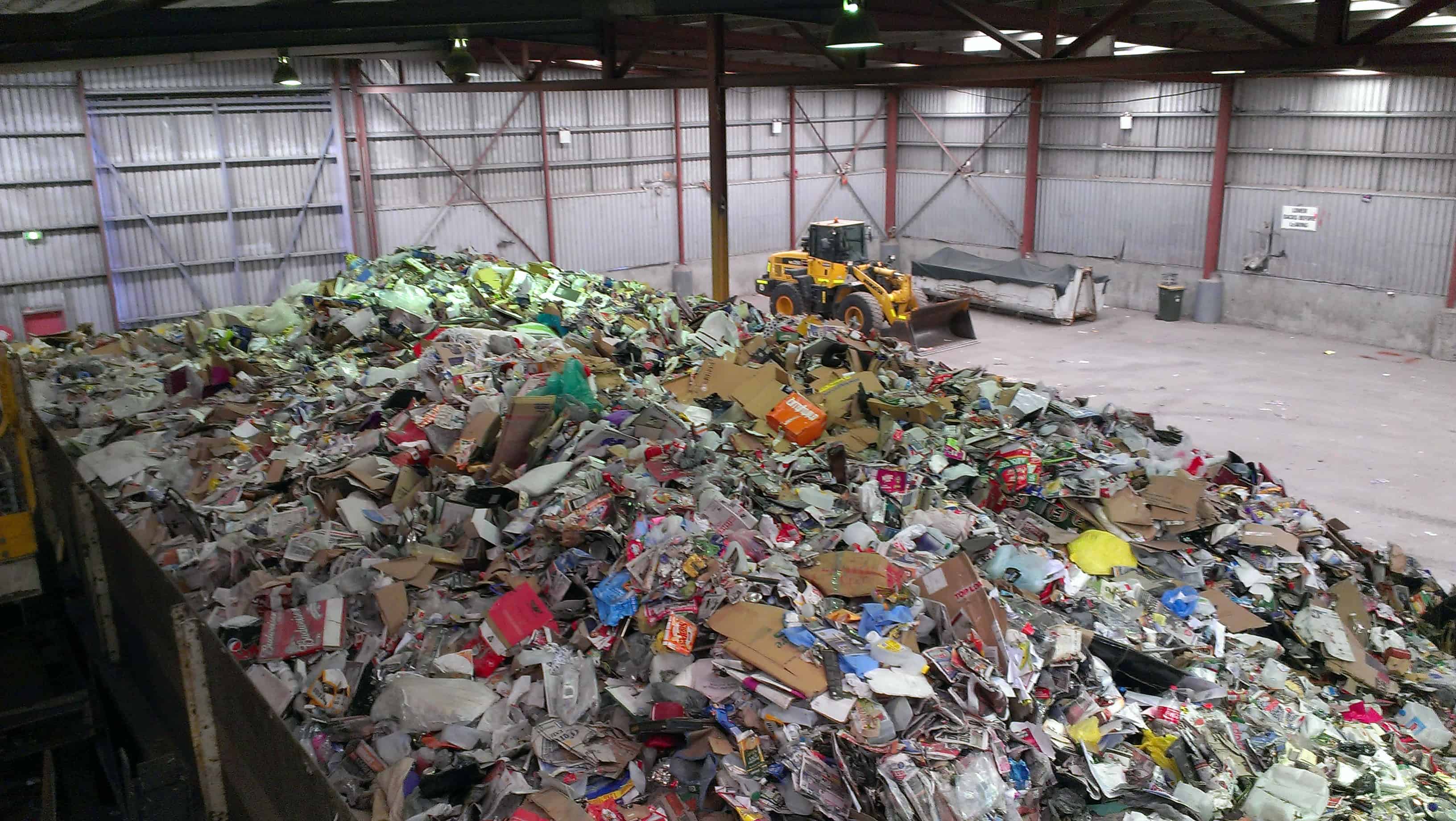







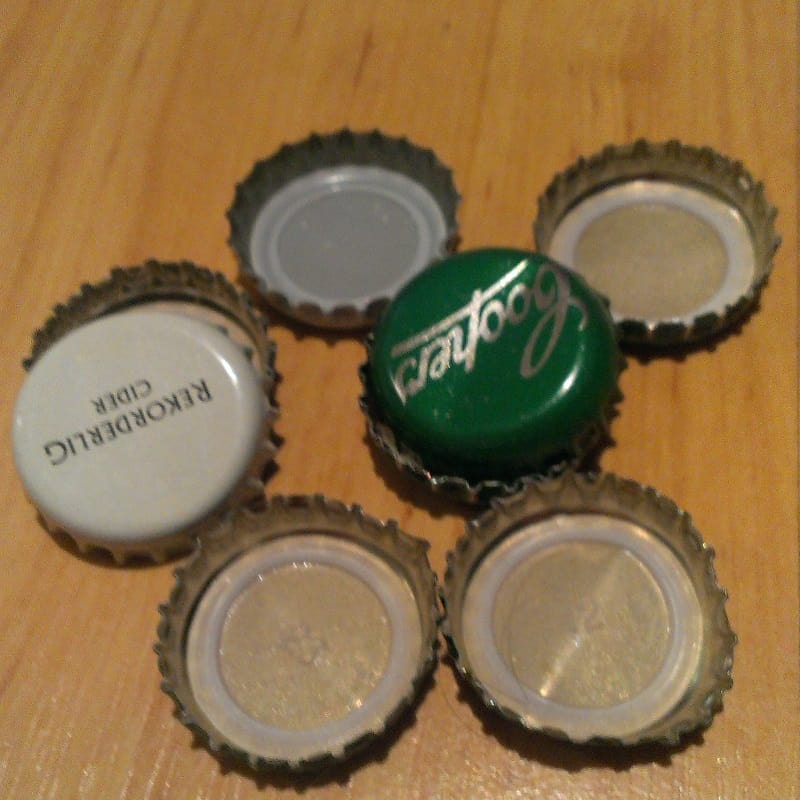
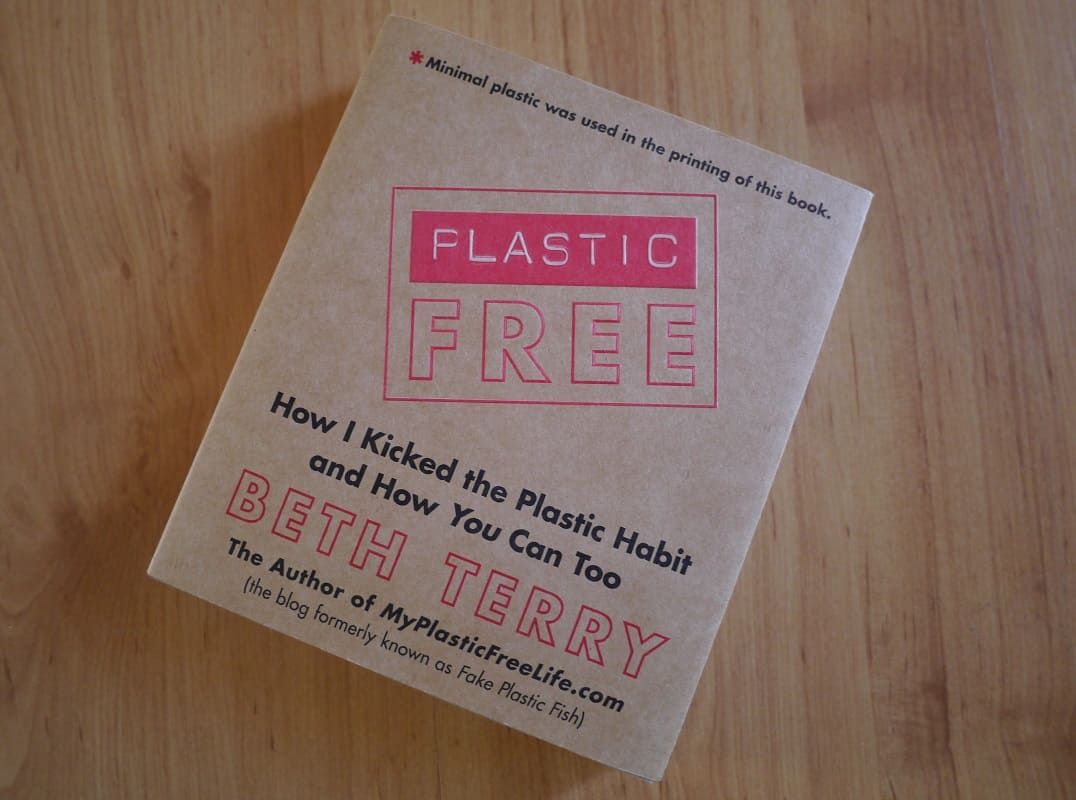
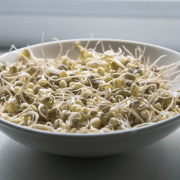
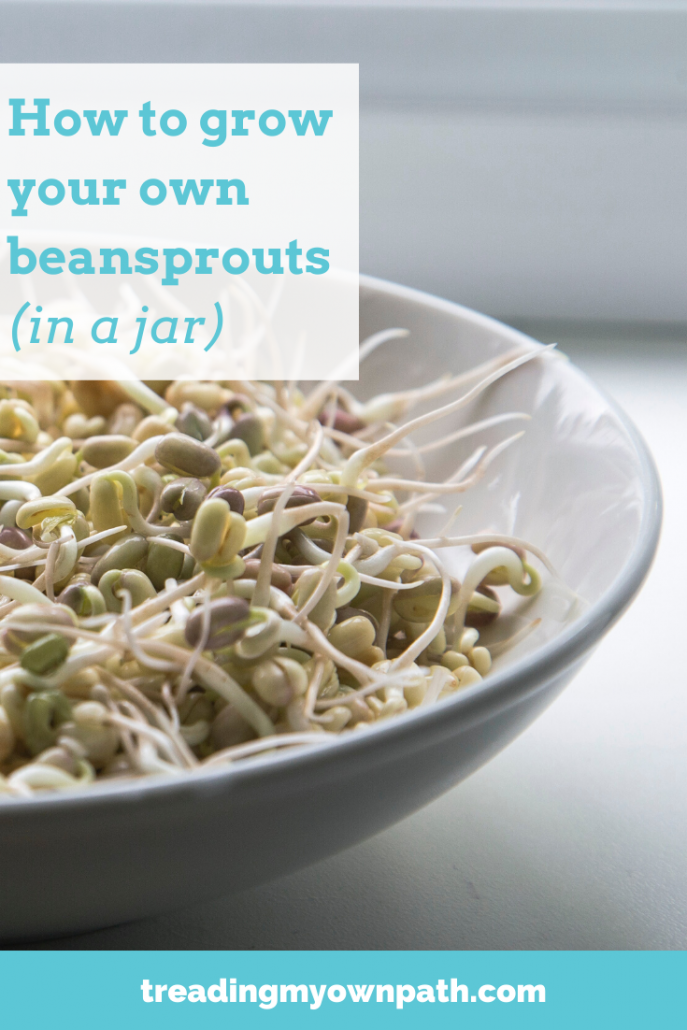
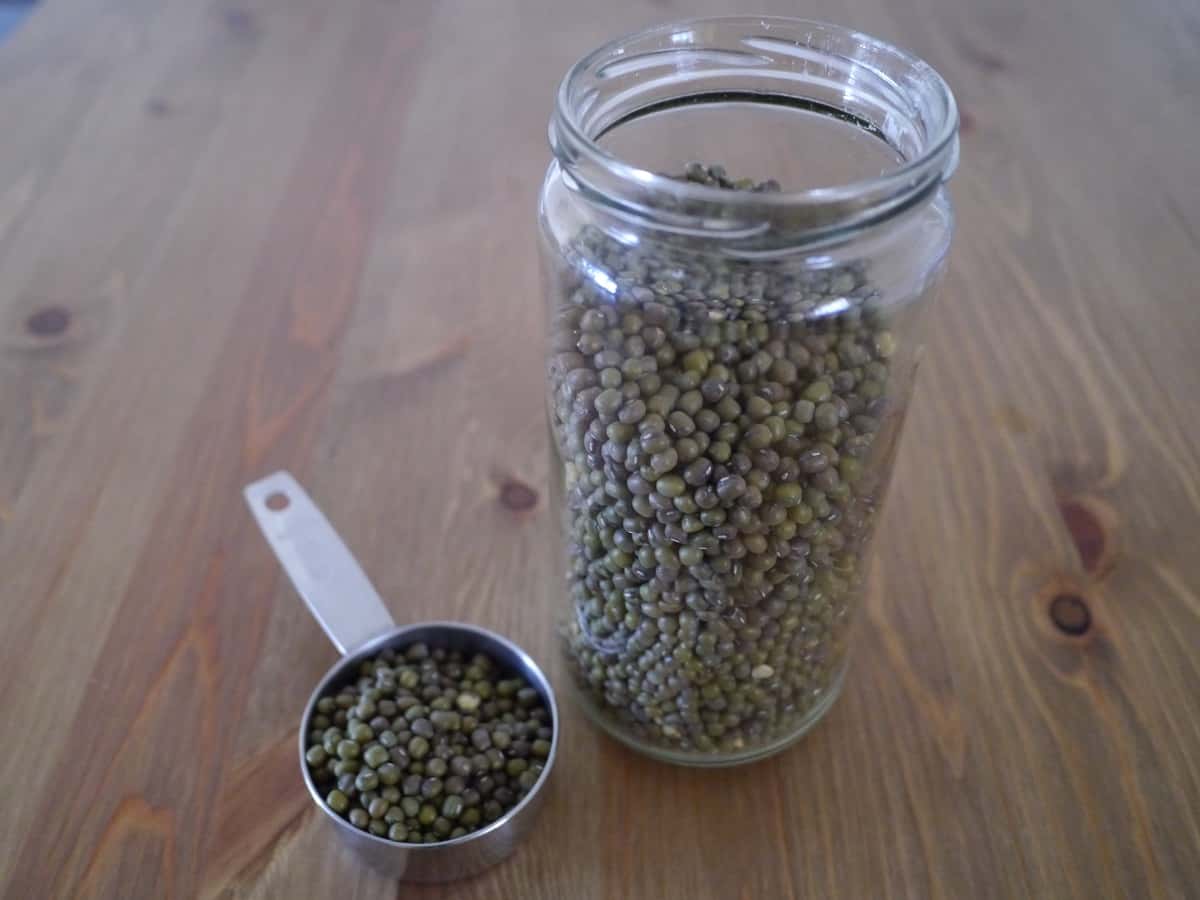
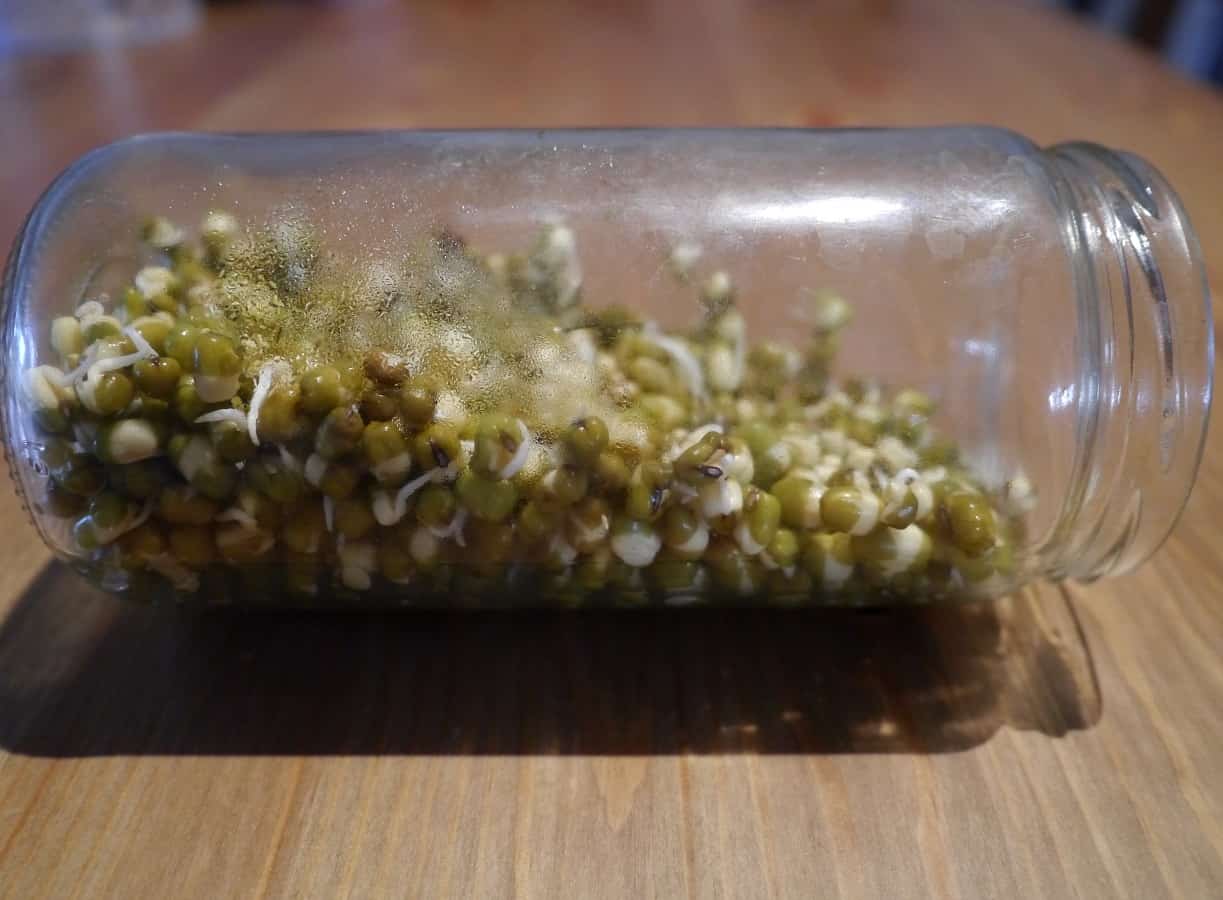
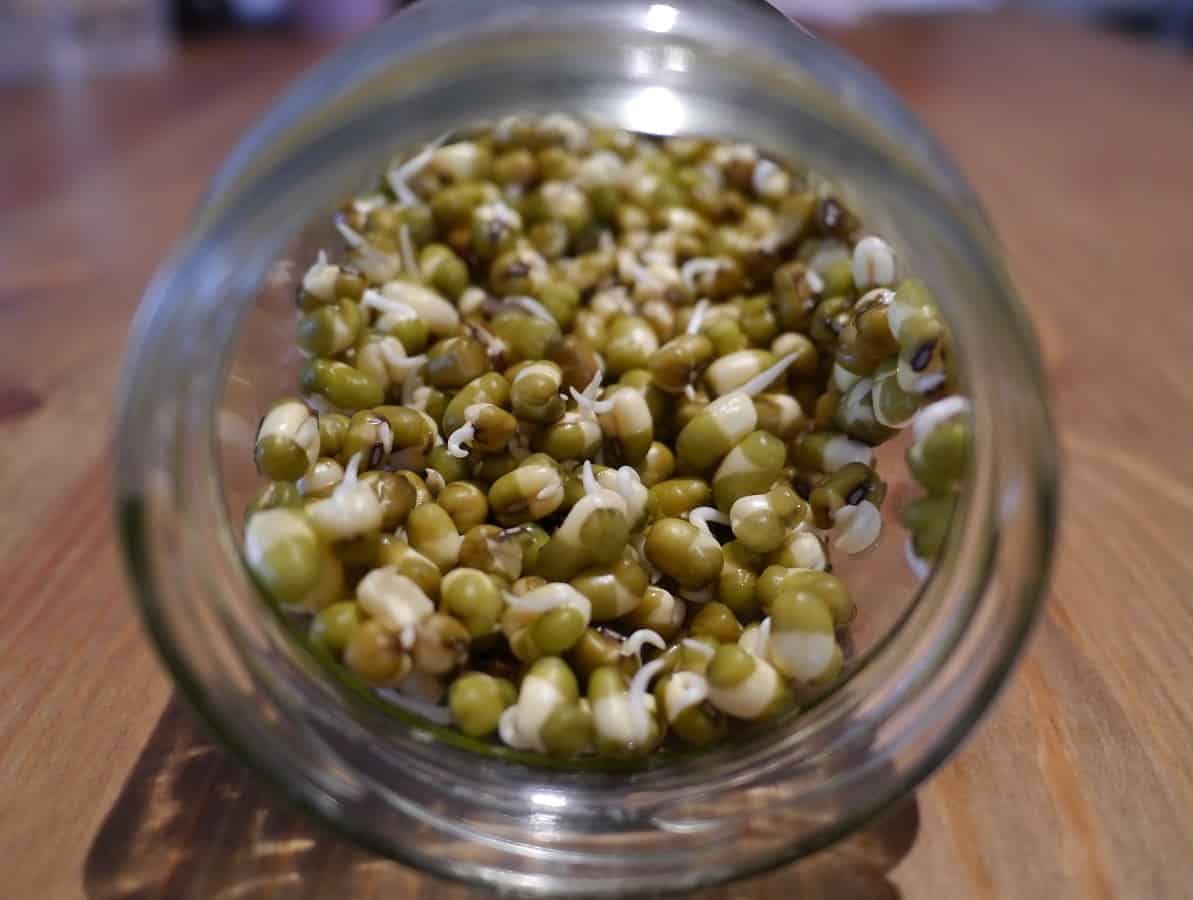 You can eat them straight after the overnight soak, but I prefer to wait until I can see the little root poking out. Once they’ve sprouted I usually keep the jar on it’s side so the ones at the bottom don’t get so waterlogged.
You can eat them straight after the overnight soak, but I prefer to wait until I can see the little root poking out. Once they’ve sprouted I usually keep the jar on it’s side so the ones at the bottom don’t get so waterlogged.
